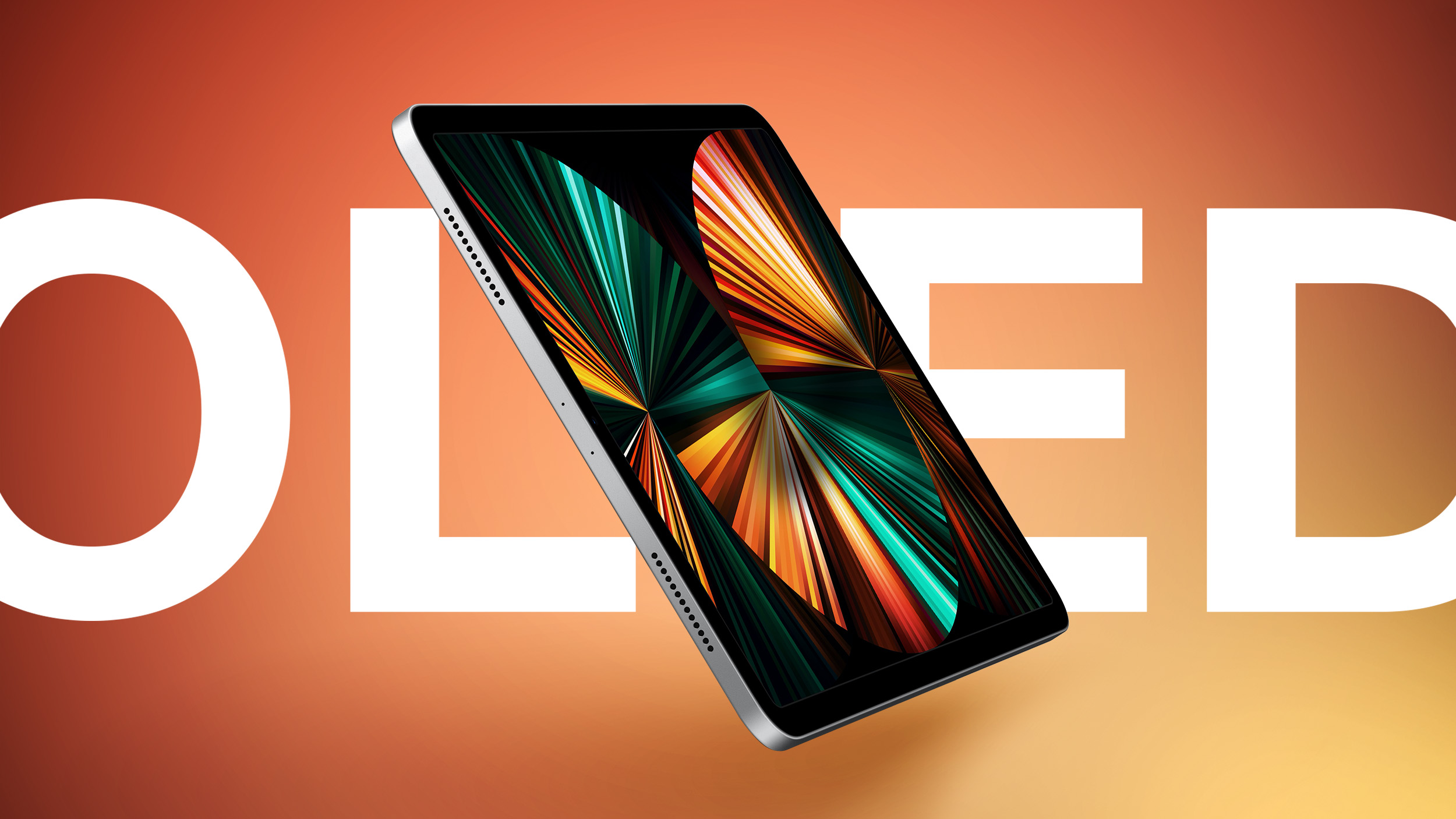
OLED panel supply issues may be partly behind Apple's iPad Pro launch delay, based on reports coming out of Korea.

Apple's original plan was to rely on different OLED display suppliers for the upcoming iPad Pro models, with Samsung Display exclusively producing ~11-inch panels and LG Display responsible for the required ~13-inch panels.
The division of labor was reportedly due to changes in Apple's demand outlook for OLED iPad Pro models, as well as the unstable production capacity and yield of the two suppliers, which are both still getting to grips with Apple's requirement for new panel technologies.
Early reports suggested the new models could arrive as soon as this month. However, according to Korean news site hankooki.com, Samsung has recently faced poor yields of the ~11-inch OLED panels, and it has been unable to meet Apple's order quantity. The shortfall has led Apple to transfer some orders for the smaller panel to LG Display. The latter is subsequently expected to increase its order by hundreds of thousands of units going into next month.
Given the reallocation, LG Display is now likely to supply 60% of the panels for the upcoming iPad Pro models. The company has invested millions of dollars into its sixth-generation small- and medium-sized OLED production line, and has now passed Apple's quality control standards for the smaller panels, enabling it to take up the slack from Samsung.
Apple earlier this month ordered an initial 8.5 million OLED display panels from the South Korean suppliers. Apple's latest shipments forecast is said to have been a decrease from the 10 million units that were projected for 2024 last year.
Apple is rumored to be aiming for "unrivaled" display quality with the new iPad Pro models, which will use a tandem OLED structure. The tandem structure is a method of stacking two layers of OLED light-emitting layers. It is superior to the luminance (screen brightness) and lifespan of a single OLED structure with one light-emitting layer. The iPhone currently uses a single stack OLED display with one light-emitting layer.
Apple will now introduce new iPad Pro models alongside new iPad Air models in early May, according to Bloomberg's Mark Gurman. Apple is apparently working to "finish software for the new devices," and the iPad Pro models also need "complex new manufacturing techniques," which Gurman says has contributed to the delay.
Article Link: iPad Pro Delays Could Be Down to Poor OLED Panel Production Yields
Last edited:

